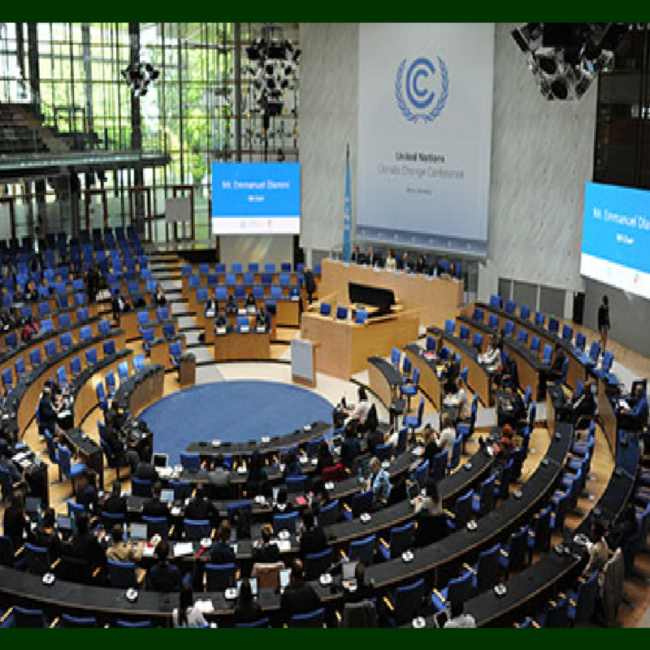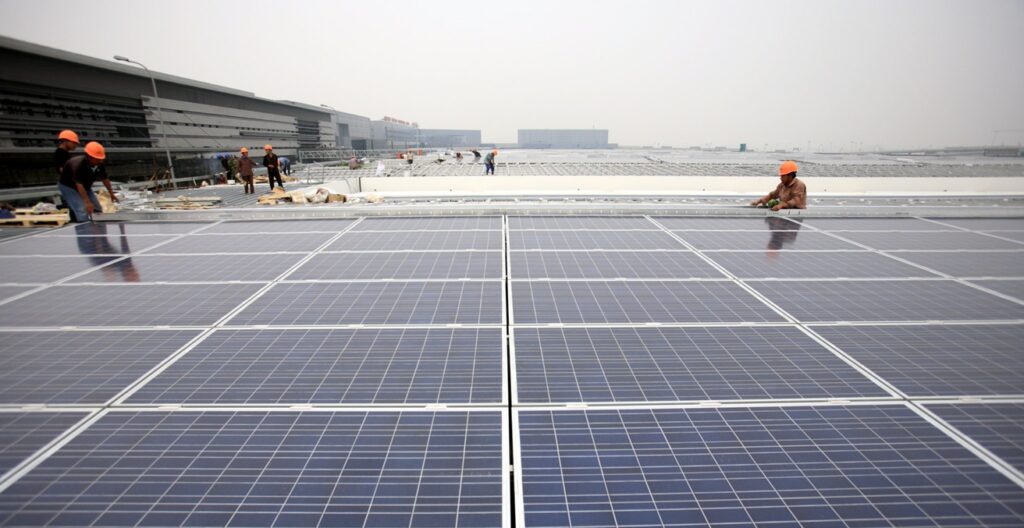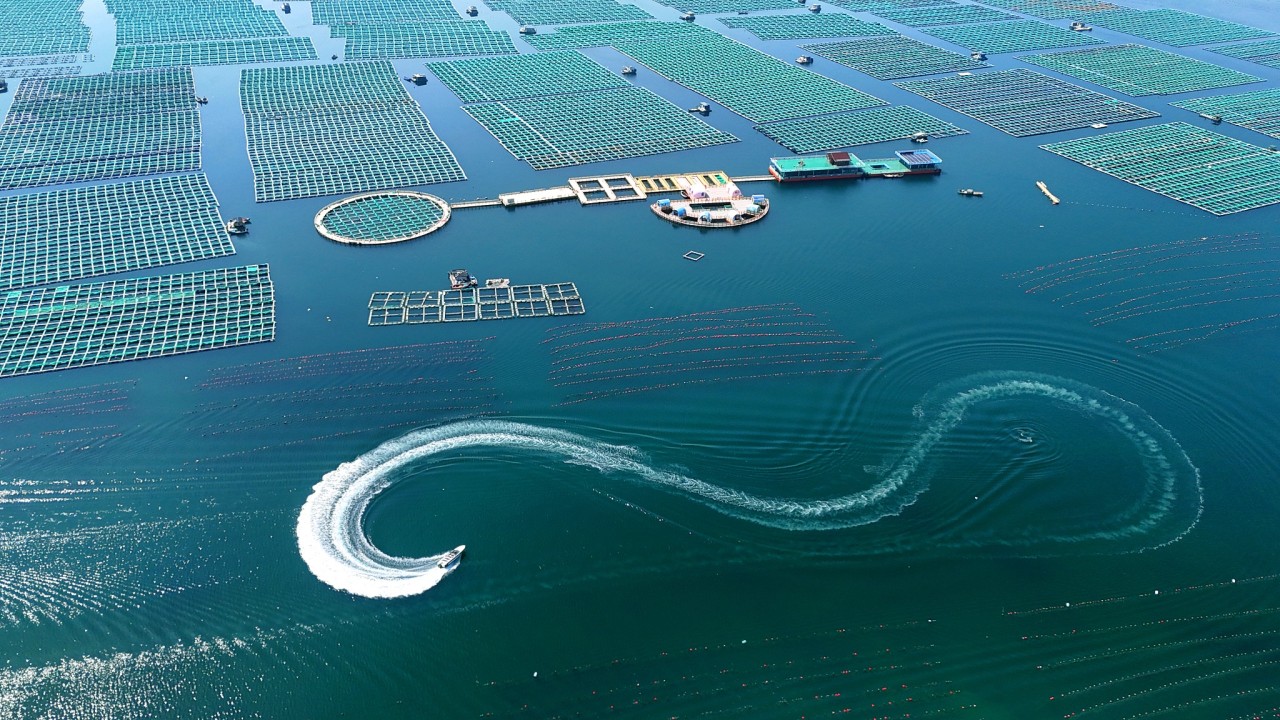Photovoltaic glass, also known as solar glass, is revolutionizing the construction industry for retrofits and new builds.
As an innovative and eco-friendly alternative to traditional building materials, photovoltaic glass can transform existing builds- retrofit- roofs, skylights, and facades while providing cost savings and environmental benefits.
Key Features of Photovoltaic Glass
- Energy Generation: Photovoltaic glass integrates solar cells directly into its structure. These embedded cells capture sunlight and convert it into electricity. By harnessing solar energy, buildings can partially power themselves, reducing reliance on external energy sources.
- Customizability: Architects and designers appreciate the flexibility of photovoltaic glass. It can be customized in terms of design, color, size, and technology. Whether you’re working on a sleek modern building or a historic renovation, photovoltaic glass adapts seamlessly.
- Cost Savings: Although the initial investment in photovoltaic glass may be higher than traditional materials, the long-term benefits outweigh the costs. Reduced energy bills, tax incentives, and improved property value contribute to significant savings over time.
Components of Photovoltaic Glass
The essential components of photovoltaic glass include:
- Laminated or Insulated Glass Units: Photovoltaic glass typically consists of laminated safety glass. This type of glass is created by bonding two glass panes with plastic films. Laminated glass enhances safety, as it remains intact even when shattered.
- Embedded Photovoltaic Cells: These cells are integrated within the glass unit. They absorb sunlight and generate electricity. The cells are designed to be efficient while maintaining transparency.
Applications in Construction
Photovoltaic glass finds applications in various architectural elements:
- Roofs: Installing photovoltaic glass as roofing material allows buildings to generate electricity while protecting the interior from the elements. It’s an excellent choice for both residential and commercial structures.
- Skylights: Skylights made of photovoltaic glass provide natural illumination while contributing to energy production. They enhance indoor spaces and reduce the need for artificial lighting during the day.
- Facades: Incorporating photovoltaic glass into building facades adds aesthetic appeal and functionality. It transforms the building envelope into an active energy generator.
- Balustrades and Canopies: Photovoltaic glass can be used for balustrades (railings) and canopies, combining safety with sustainability.
As the world embraces sustainable practices, photovoltaic glass emerges as a game-changer in construction. Its ability to blend seamlessly into architectural designs, generate clean energy, and reduce operational costs makes it a compelling choice for builders and environmental enthusiasts alike.





















